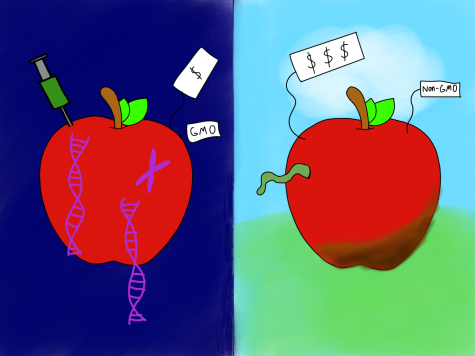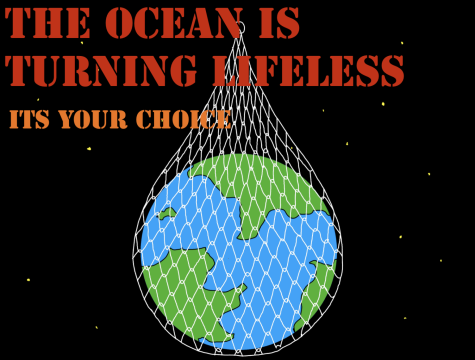#RaisingAwareness: Stuff or Fluff?

If you visit Twitter, it is common to see trending hashtags such as “#standwithukraine,” “#savetheplanet,” and “#protectthechildren” on the front page. These hashtags are also found in the profile bios of many concerned individuals, as they try to raise awareness about various issues they are passionate about. Even organizations such as the climate NGO Greenpeace make great efforts to raise awareness.
With so much effort placed into raising awareness, it seems like such a great solution to the world’s issues, but why has no progress been made on global issues such as climate change, plastic pollution, and poverty? Well, it is because such efforts rarely achieve their intended purpose. According to the Center for Homelessness Impact (CHI), the many campaigns to raise public awareness about the consequences of homelessness were unhelpful in inciting any real change for homelessness in the UK.
CHI also states that these campaigns that simply disseminate information do little to change public perception and the views of target individuals. Many timely awareness campaigns such as HIV Awareness Month, African Heritage & Health Week, and World Cancer Day are similarly ineffective. Stanford Social Innovation Review found that these movements only waste funds that could be used more effectively elsewhere.
It is important to outline that there are several clear exceptions to this argument. For example, during the Ukraine-Russia conflict, social media awareness campaigns such as “Stand Up for Ukraine” raised $10 billion to support the displaced Ukrainians. It is true that the majority of this money did not come from people who participated in raising awareness but rather from politicians, celebrities, corporations, and governments. However, the widespread publicity of the campaign is an undeniable factor in convincing many high-profile individuals to contribute.
Though there are rare cases where raising awareness campaigns are helpful, there are also many instances where it is harmful to the intended cause. On May 22, 2022, a man threw a cake at the Mona Lisa, smearing the glass protection of the painting. This was later revealed to be an act of protest at government inaction regarding the climate crisis. However, rather than bring increased solidarity to the pro-climate movement, the protester’s erratic actions caused ridicule and disdain, discrediting the larger movement in the eyes of many.
So what is the deal with awareness? By itself, in most cases, raising awareness isn’t detrimental, especially if the extent of awareness consists of putting a hashtag on one’s Instagram bio. However, if a campaign for change consists of nothing but awareness, the effort is usually futile and can even be detrimental to the cause.
Though people seeking to make a change should not be discouraged from taking action, a little creative effort focusing on capturing attention and directing it toward a clear purpose such as organizing bleach cleanups or service programs would be more effective than simply spreading information for the sake of informing.

Paul is a senior managing editor for Tiger Times. He likes running at night and enjoys the night city view. He watches way too much Youtube and loves watching...










